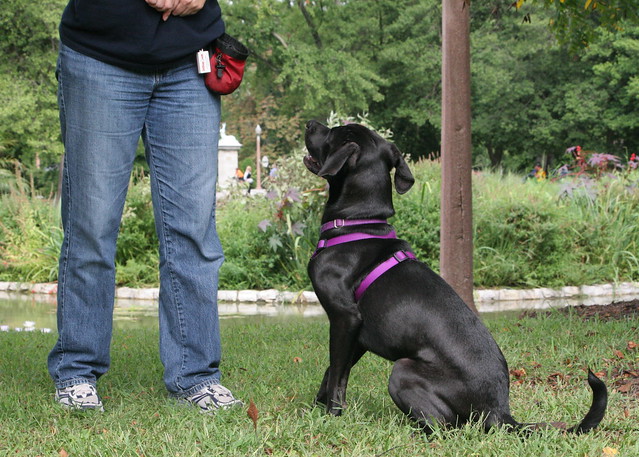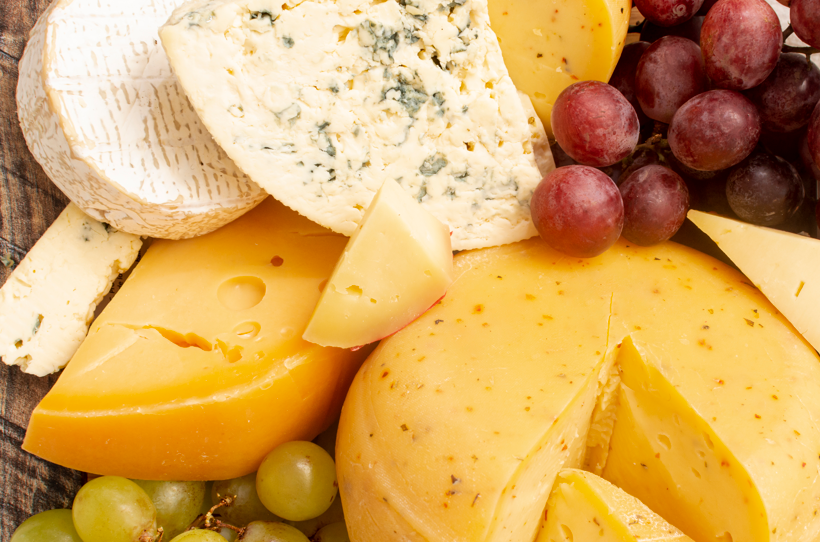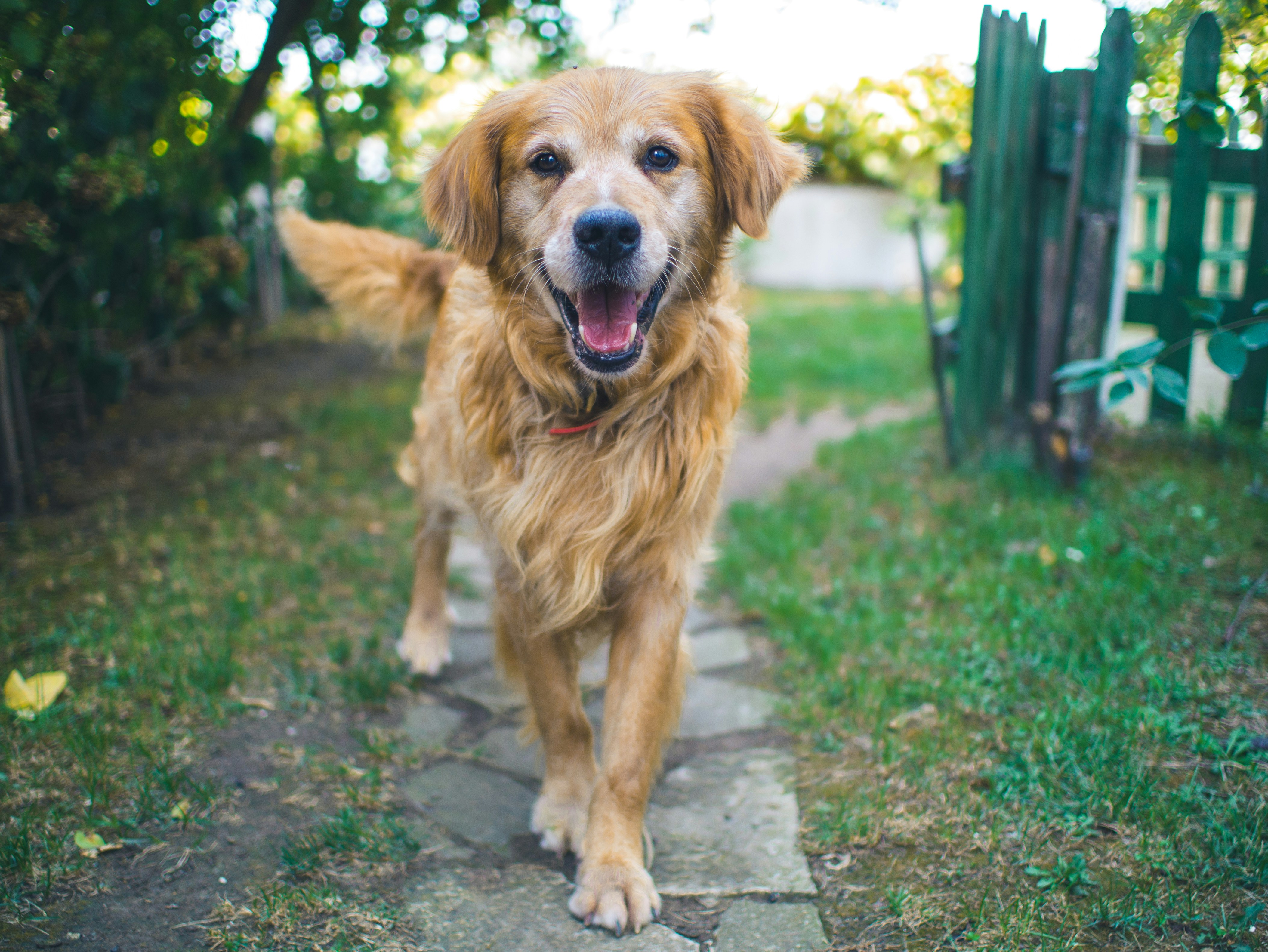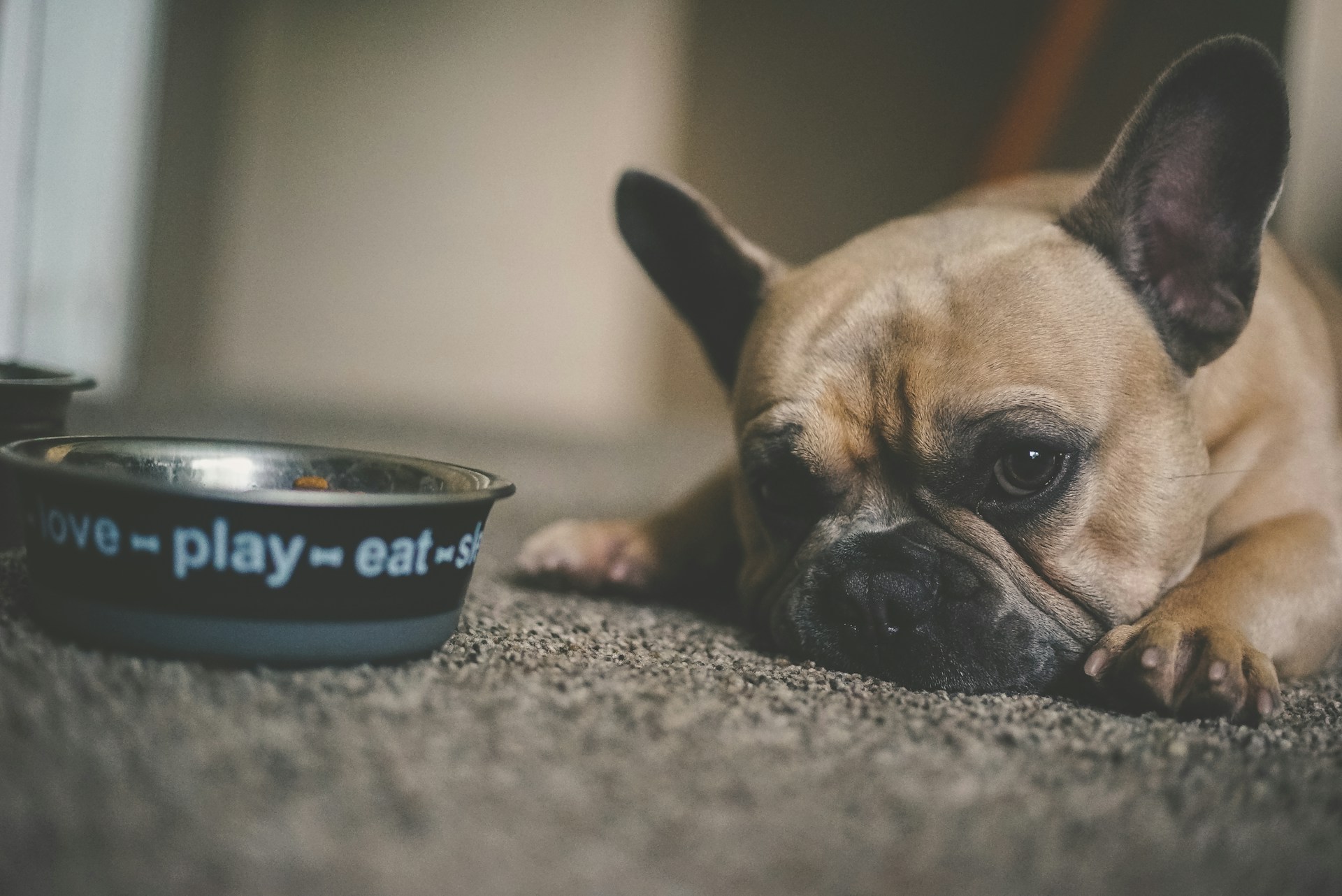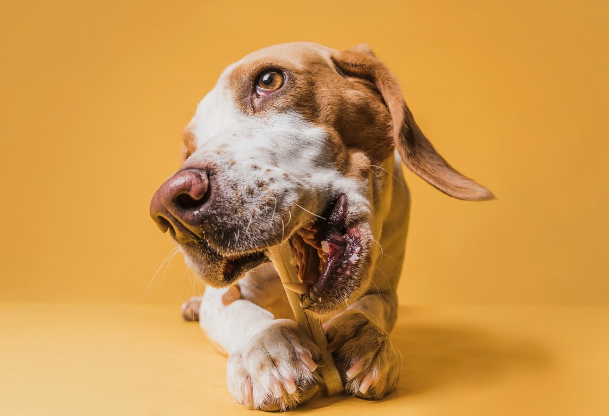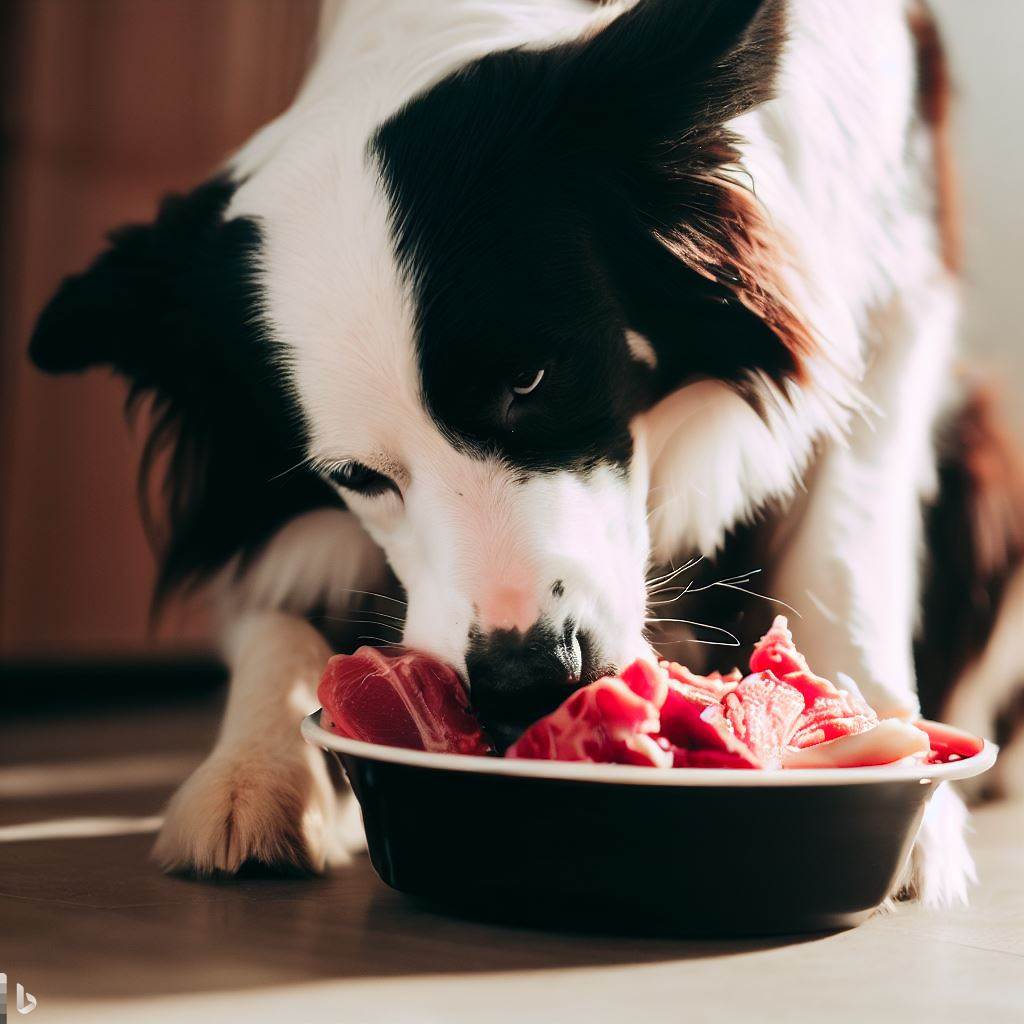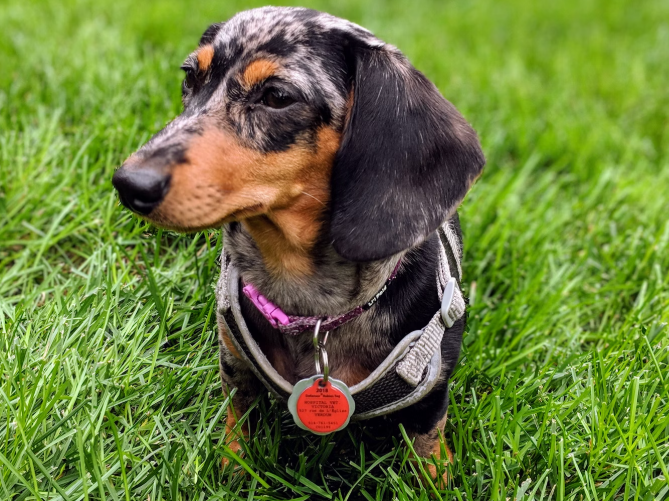
If you have never heard of Dapple Dachshunds, also known as "Dapple Doxies", you should do a quick online search! We are confident that you’ll instantly fall in love with their unique, marbled coats and charming expressions!
These small pups with bold personalities are a special variation of the Dachshund breed. While their striking appearance and lovable demeanor make them appealing, they also have specific needs when it comes to their living environment.
Creating the perfect home for a dog requires more than just providing food and shelter; it involves careful attention to their safety, comfort, and well-being.
If you're welcoming a Dapple Dachshund puppy into your home or want to broaden your knowledge about the breed and how to create their ideal living environment, this article is perfect for you!
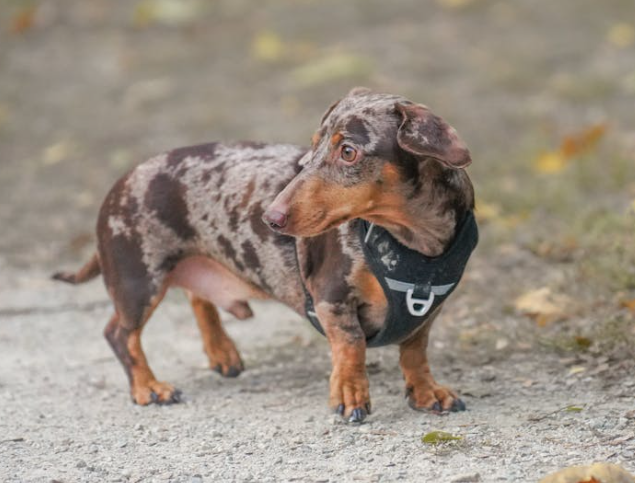
Breed Origin and Temperament
Let’s begin with information about the breed’s origin and temperament so you’ll have a better understanding of why and when the breed was developed, as well as its characteristics. This will help us determine the best living requirements for these wonderful pups.
The Dachshund breed originated in Germany over hundreds of years ago, where they were bred to hunt badgers and other burrowing animals. According to some sources, like the American Kennel Club, the breed was created in the 15th century, while others, like the Dachshund Club of America, believe that the breed can be traced back to the 18th or 19th century. It may be interesting for you to know that “Dachs” means “badger” and “Hund” means “dog”.
The breed representatives are known for their distinct appearance due to their long and low bodies. Their sharp senses made them excellent scent hounds, capable of tracking and digging out prey.
Despite their small size, Dachshunds are known for their bold, confident, and sometimes stubborn personalities. Dapple Dachshunds, in particular, are lively, affectionate, and intelligent, though they can be a bit independent. These little fellows form strong bonds with their owners and can be wary of strangers, making early socialization crucial. Their playful and sometimes mischievous nature makes them entertaining companions, but they require consistent training to prevent them from showing stubborn behaviors.
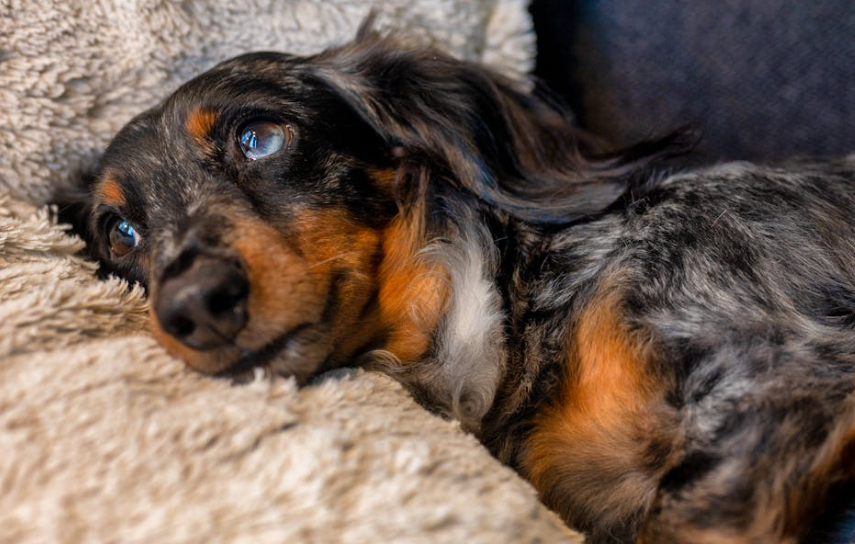
A Safe and Comfortable Home
Creating a safe and comfortable environment is essential for any puppy. When it comes to Dapple Dachshunds, we should take their distinct physical characteristics into account. Their long backs and short legs, while adorable, can lead to health issues like Intervertebral Disc Disease (IVDD). These can cause severe pain or even paralysis.
That being said, preventing injuries related to their spines should be a top priority when welcoming a dog of this breed into our home!
To ensure our Dapple Doxie is healthy and safe, it's essential to teach them not to jump on or off high furniture. Stairs, couches, and beds are all potential hazards, so you should consider investing in ramps or doggy stairs to help them get around safely. A soft, orthopedic bed is also recommended to provide extra support for their joints and spine and allow them to rest comfortably after playtime.
Remember that while not built for extensive jumping or running, your pup may be determined to try it all!
Aside from health concerns, responsible pet parents need to ensure that their home is puppy-proofed. Like many curious breeds, Dachshunds will likely enjoy exploring their surroundings by chewing on anything they can find.
Remember to keep electrical cords, small objects, and any potentially dangerous and toxic materials out of reach to prevent accidents. Creating a space where your pup can comfortably settle down, whether it’s a cozy crate or a designated area with their favorite blanket and toys, will also help them feel secure.
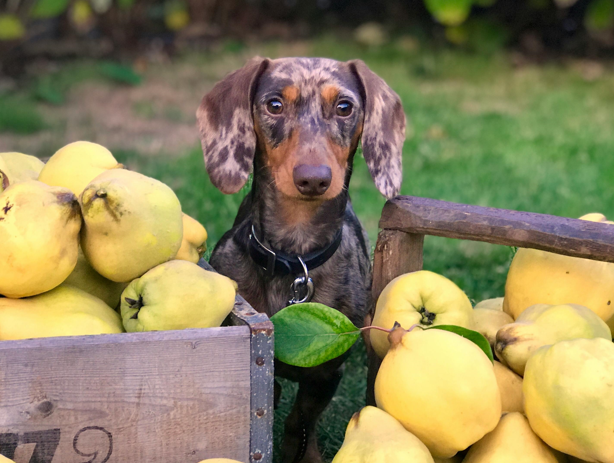
Indoor Space and Play Areas
Despite their small size, Dapple Dachshunds are full of energy and need ample indoor stimulation to keep them mentally and physically active. Of course, this depends on the individual dog, so your pup can be a nuclear fusion or a coach potato (although less common).
Dachshunds have a playful nature that makes them quick to engage in interactive games. Providing various toys to keep them physically and mentally stimulated is essential. Puzzle toys, chew toys, and interactive feeders are great for engaging their minds, keeping boredom at bay, and encouraging them to develop their problem-solving skills.
However, it's also important to think about your home layout. Dachshunds, with their short legs and long bodies, can be prone to slipping on smooth, hard floors. To prevent any accidents, try adding rugs or non-slip mats in areas where they’re most active. These simple adjustments can make a huge difference in preventing slips and keeping your Dapple Dachshund comfortable and safe.
Since these canines are small, they don’t require large spaces to run around indoors, but they do need places to engage in active play. A dedicated play area or simply using the living room for fetch or tug-of-war can help burn off excess energy. Regular short play sessions throughout the day will help ensure your pup is happy and well-exercised.
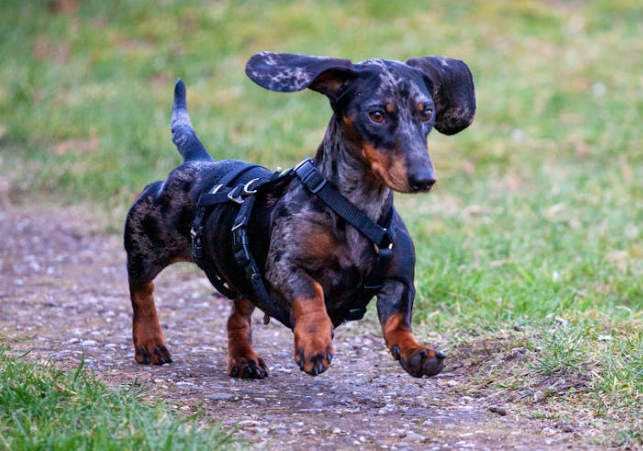
Outdoor Needs and Exercise Space
Dachshunds are naturally curious and active dogs, who enjoy going outdoors. You may consider adding a fenced yard to your backyard so you can give them the freedom to explore and burn off some energy while keeping them safe.
It’s important to note that Dachshunds are diggers by nature (they were bred to hunt badgers), so you’ll need to ensure that your fence is securely anchored into the ground to prevent your pup from escaping.
Although they love outdoor play, Dapple Dachshunds shouldn’t be overworked, especially because of their long backs. Their exercise needs are usually satisfied with short, daily walks where they can sniff around and explore without straining their spine. With that said, we recommend walks that are about 30 minutes to 1 hour long each day. These are enough to keep them at a healthy weight and help build muscle, but not so much that it puts stress on their bodies. However, you should always adapt your walks, play sessions, and exercise to your pup’s needs. Despite the breed’s characteristics, exceptions to the standard can occur, and dogs should be treated as individuals.
When it comes to weather, Dachshunds can be sensitive to extreme temperatures. They are more susceptible to the cold due to their short coats, and they can overheat in hot weather. Consider a doggy sweater or jacket for chilly walks in the winter months, and always ensure they have access to plenty of fresh water and shaded areas when outside on a warm day.
You may also put them in doggy boots if the temperatures are high. Always look for grassy areas, as concrete can get extremely hot in the summer and may hurt your pup’s paws.
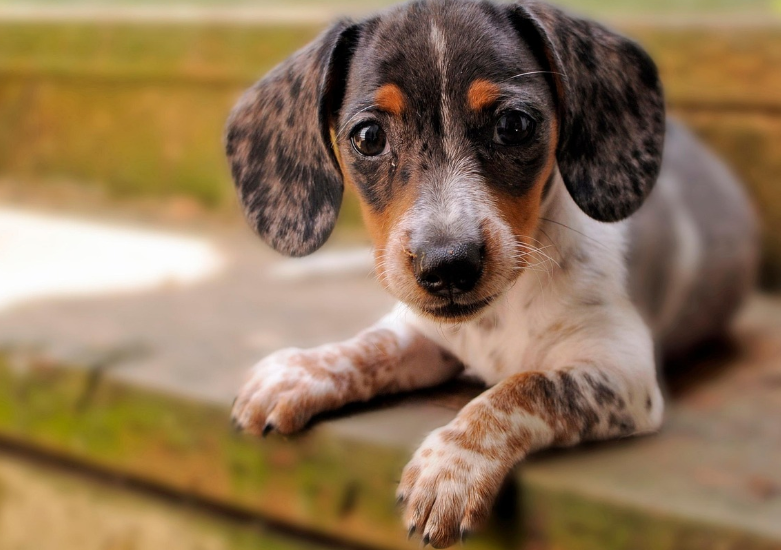
Socialization and Training Environment
Dapple Dachshunds are intelligent dogs, but they can also be a bit stubborn and independent, which makes early socialization and consistent training essential. Try exposing them to various people, animals, and environments as early as possible, as this will help your puppy develop into a well-behaved and confident adult dog.
Positive experiences with new people and animals will help your furry friend grow up to be friendly and well-adjusted while also reduce the chances of developing behavioral issues like fearfulness or aggression.
Desensitization and counter-conditioning can come in handy when helping your pup get accustomed to potential triggers in their surrounding. The process of gradually exposing a dog to stimuli in their surroundings by starting at a very low level (so that there is no reaction) is known as desensitization.
If the dog remains calm and relaxed in the presence of the triggers, they should receive a reward. Offering your furry friend their favorite treat and praising them helps them change their attitude toward the stimuli over time. This process is known as counter-conditioning.
When it comes to obedience training, starting early with basic commands such as "sit," "wait," and "recall" will set the foundation for good behavior. We strongly encourage you to use positive reinforcement methods, like treats, praise, or favorite toys, to keep your Dapple Dachshund puppy motivated to show the desired behaviors.
Since Dapple Dachshunds can sometimes be sensitive, it’s important to ensure their interaction with other pets and children is supervised. While they can be friendly and affectionate, they may not tolerate rough handling or excessive noise.
Teaching children how to properly interact with your puppy, for example, not pulling on their ears or tail, will help them build a positive relationship and prevent stress for your puppy.
Always keep in mind that setting boundaries and teaching respect are crucial to maintaining a harmonious household.
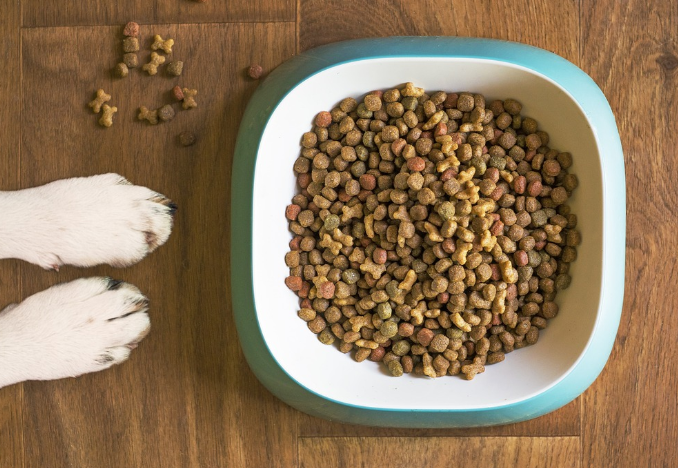
Diet and Nutrition
A healthy diet and regular vet checkups are crucial to helping your puppy live a long and happy life. Make it a priority to feed them a nutritious diet and never neglect their annual vet check-ups.
To ensure your Dapple Dachshund develops well, you should feed them a balanced diet based on their size, activity level, and general lifestyle. Look for high-quality food designed for small-breed dogs that provides the right balance of protein and fat. If you have any doubts about the best food for your paw companion, consult your vet and they will guide you in the right direction.
Be mindful of portion sizes as overfeeding can lead to obesity, which puts extra strain on their spine and increases the risk of spinal issues like Intervertebral Disc Disease IVDD. Always strive to keep your pup at a healthy weight, as this will also protect their joints and spine from unnecessary stress.
Each puppy needs an environment where they can thrive physically, emotionally, and socially. By ensuring your home is safe for pups and meeting your beloved paw friend’s needs for nutrition, exercise, socialization, and play, you're setting them up for a long, happy life.






